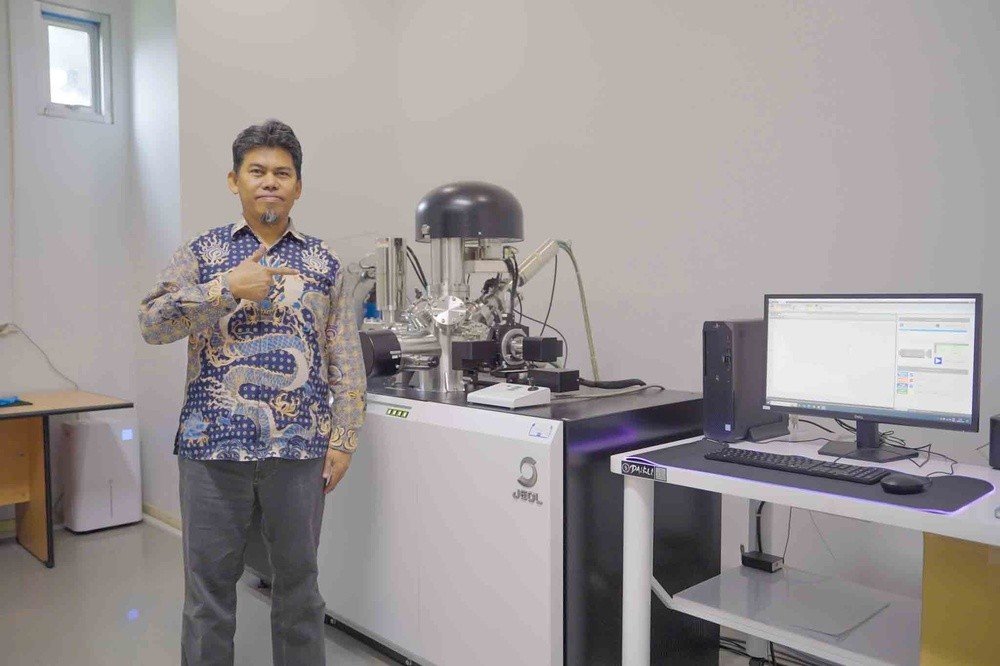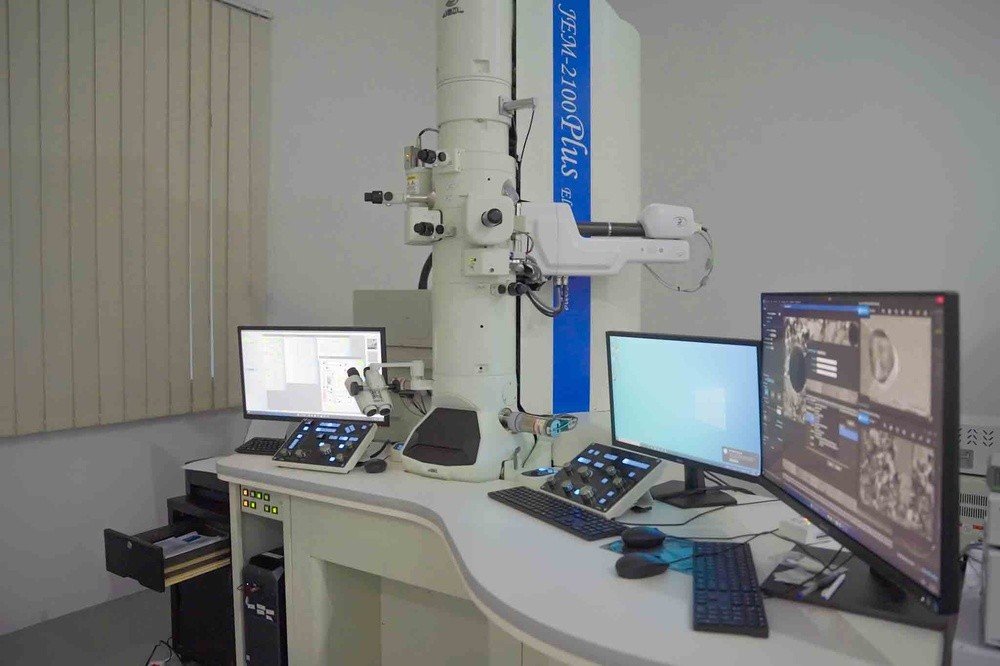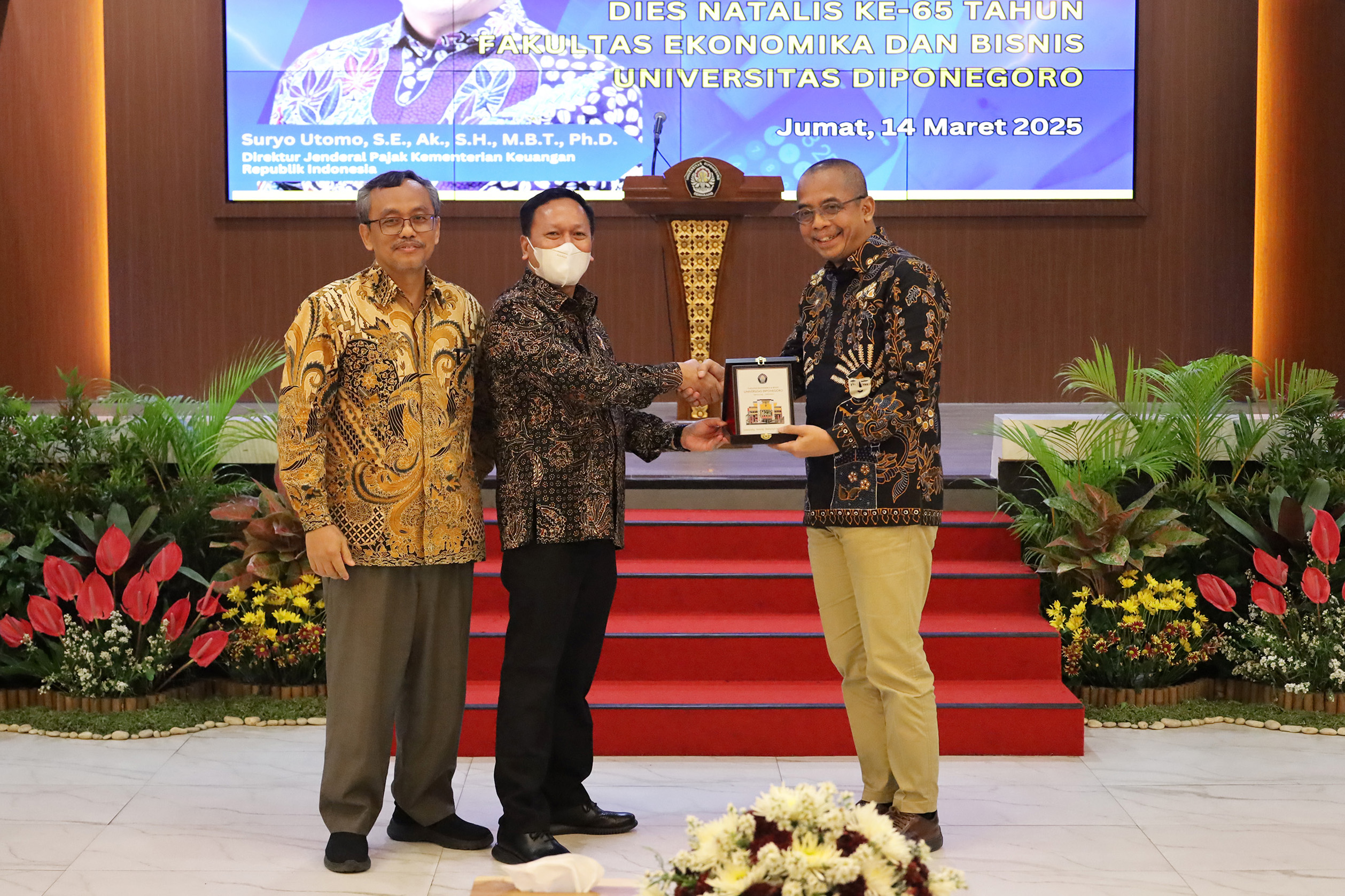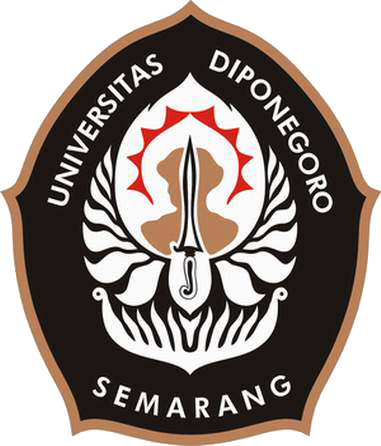UNDIP, Semarang (April 9) – UNDIP now proudly owns XPS and TEM, two advanced microscopy instruments capable of analyzing materials at the nanoscale level. The arrival of these tools strengthens the Integrated Laboratory Unit (UPT Laboratorium Terpadu) as a leading research center in Indonesia. As a top-tier research university, Universitas Diponegoro (UNDIP) continues to explore various scientific fields, including science, technology, and the environment. One form of this commitment is the establishment of the Integrated Laboratory Unit, which supports research through testing services, sample analysis, and access to cutting-edge laboratory equipment for both internal academics and external collaborators.
The UNDIP Integrated Laboratory Unit has been accredited by the National Accreditation Committee (KAN-BSN) as a Testing Laboratory (LP-1465-IDN) from 2021 to 2026. The lab has recently acquired two state-of-the-art analytical instruments: the X-Ray Photoelectron Spectroscope (XPS) and Transmission Electron Microscope (TEM). These tools are considered rare, with each tool only three units currently available in Indonesia.
According to Prof. Dr. Istadi, S.T., M.T., Head of the Integrated Laboratory Unit and lecturer in the Department of Chemical Engineering at the Faculty of Engineering UNDIP, there are only three XPS units in Indonesia, located at the National Research and Innovation Agency (Badan Riset dan Inovasi Nasional / BRIN), Universitas Indonesia, and Universitas Diponegoro. Meanwhile, the TEM available at UNDIP has the highest specifications and the most complete facilities in the country.
XPS (X-Ray Photoelectron Spectroscope) is an instrument capable of performing qualitative and quantitative analysis of compounds within a material. It uses the photoelectric effect to analyze elemental composition and atomic bonding energy. XPS allows for highly accurate analysis of atomic compositions in materials. For instance, when testing an iron sample, XPS can determine its purity and differentiate between elemental iron and iron oxides. The qualitative and quantitative identification (atomic % composition) of compound phases can also be measured more accurately and clearly—for example, distinguishing between Fe, FeO, Fe₂O₃, or Fe₃O₄. With XPS technology, compound analysis within a material can be carried out with high precision.
Previously, compound analysis was often conducted using XRD (X-Ray Diffraction), which requires the material to be in crystalline form. XPS surpasses this limitation by enabling detailed analysis of both crystalline and non-crystalline materials, even down to the molecular structure.
TEM (Transmission Electron Microscope) is a microscope capable of analyzing materials at the nanometer scale. Using TEM, researchers can observe material structures as small as 0.1 nanometers. “One nanometer is one-billionth of a meter. So, imagine dividing one meter into a billion parts—we can see down to 0.1 nanometers with TEM,” explained Prof. Istadi. The High-Resolution TEM (HR-TEM) mode enables imaging of crystal lattice structures as small as 0.14 nm.
Prior to the arrival of TEM, researchers commonly used SEM (Scanning Electron Microscope), which can only observe materials down to 100 micrometers. TEM’s superiority lies in its ability to reveal structural details at the nanoscale. It is ideal for materials such as membranes, thin films, and advanced materials. However, it currently lacks support for life science sample preparation.
UNDIP currently has two specially trained analysts/technicians who operate the XPS and TEM instruments. They received intensive training in Japan at the equipment manufacturer’s facility, followed by advanced training in Indonesia.
The two instruments differ in testing workflows. XPS can analyze a maximum of two samples per day due to the time-consuming data processing and the need for ultra-high vacuum conditioning, which requires overnight preparation. In contrast, TEM offers faster sample analysis, but the sample preparation takes longer, as samples must be ultra-thin to allow electrons to pass through for accurate imaging.
With the addition of these cutting-edge tools, UNDIP’s Integrated Laboratory Unit is increasingly committed to supporting the university’s research goals. Prof. Istadi stated, “We are fully prepared to support researchers at UNDIP whose fields require the advanced tools available in the Integrated Laboratory Unit. We are also working in collaboration with the Institute for Research and Community Service (LPPM) to meet key performance indicators for research. Our goal is to elevate research excellence, promote high-impact publications, and support technology implementation in society and industry.”
For more information, visit the official UNDIP Integrated Laboratory website at https://labterpadu.undip.ac.id. UNDIP also offers an online laboratory service system at https://simlab.undip.id. Researchers from UNDIP and external institutions can access services such as sample testing guidelines, pricing, registration, payment verification, analysis tracking, and test result certificates. UNDIP, Noble and Valuable! (Titis/Hanang – Media Relations)







